Buy this flower art Hummingbird at the tuterutu by Pieter JF Smit on canvas, ArtFrame, poster and wallpaper, printed on demand in high quality.
About "Hummingbird at the tuterutu"
by Pieter JF Smit
About the artwork
Backlight shot of a hummingbird near a tuterutu. The photo was taken in Bonaire. The tuterutu or peacock flower is an up to 3 m tall shrub or rarely an up to 6 m tall tree with a loose crown. The twigs bear sparse thorns. The alternate, up to 30 cm long leaves are double-spined. They bear three to nine pairs of first-order partial leaves, these in turn bear six to 12 pairs of second-order, 1-3 cm-long partial leaves. The leaves are poisonous, but also have fever-reducing and laxative properties. The flowers grow in long-stalked, erect, up to 40 cm long clusters. The flowers are usually bright red, but sometimes with a yellow edge or even entirely yellow in colour. The upper of the five petals is longitudinally coiled and sometimes different in colour. The style and ten stamens protrude up to 10 cm from the flower and are curved upwards. The fruits are flattened, up to 12 cm long and 2 cm wide pods, which ripen brown-black and open in two parts. The peacock flower is a common plant in tropical gardens and is also planted in botanical gardens worldwide. The species has been introduced to the tropics worldwide and is also often feral. The origin is uncertain, possibly the plant comes from the Antilles

About Pieter JF Smit
Pieter Smit was born in Arnhem and has lived on Bonaire since 2010. In his spare time, he enjoys taking photos, mainly of the Caribbean island's colourful birds... Read more…
 Germany
Germany Ordered in December 2023
Ordered in December 2023
 Netherlands
Netherlands Ordered in April 2020
Ordered in April 2020
 Netherlands
Netherlands Ordered in November 2023
Ordered in November 2023
 Netherlands
Netherlands Ordered in March 2024
Ordered in March 2024
 Netherlands
Netherlands Ordered in April 2025
Ordered in April 2025
 Germany
Germany Ordered in June 2019
Ordered in June 2019
 Germany
Germany Ordered in July 2019
Ordered in July 2019
 Netherlands
Netherlands Ordered in October 2019
Ordered in October 2019
 Netherlands
Netherlands Ordered in December 2022
Ordered in December 2022
 Netherlands
Netherlands Ordered in January 2022
Ordered in January 2022
 Germany
Germany Ordered in July 2019
Ordered in July 2019
 Netherlands
Netherlands Ordered in November 2018
Ordered in November 2018
About the material
ArtFrame™
Interchangeable Art Prints
- High-quality print
- Easily interchangeable
- Acoustic function
- Large sizes available
Discover the artworks of Pieter JF Smit
 Wild donkeys on BonairePieter JF Smit
Wild donkeys on BonairePieter JF Smit The Caribbean sea, a wave arrivesPieter JF Smit
The Caribbean sea, a wave arrivesPieter JF Smit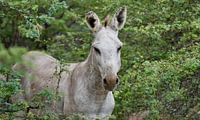 Donkey among the bushesPieter JF Smit
Donkey among the bushesPieter JF Smit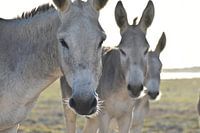 Three wild donkeys in BonairePieter JF Smit
Three wild donkeys in BonairePieter JF Smit Bonaire's salt pierPieter JF Smit
Bonaire's salt pierPieter JF Smit Flamingos on BonairePieter JF Smit
Flamingos on BonairePieter JF Smit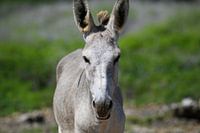 Wild donkey on BonairePieter JF Smit
Wild donkey on BonairePieter JF Smit Better ten flamingos in the skyPieter JF Smit
Better ten flamingos in the skyPieter JF Smit Donkey in the deserted landscape beyond Washikemba BayPieter JF Smit
Donkey in the deserted landscape beyond Washikemba BayPieter JF Smit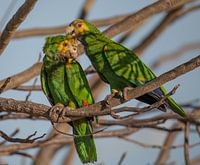 Two lora'sPieter JF Smit
Two lora'sPieter JF Smit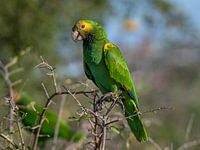 A yellow-shouldered amazon parrotPieter JF Smit
A yellow-shouldered amazon parrotPieter JF Smit Three flamingo'sPieter JF Smit
Three flamingo'sPieter JF Smit King's TernPieter JF Smit
King's TernPieter JF Smit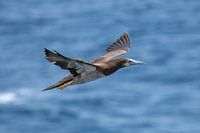 Brown gentPieter JF Smit
Brown gentPieter JF Smit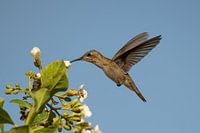 HummingbirdPieter JF Smit
HummingbirdPieter JF Smit King tern on a block of coralPieter JF Smit
King tern on a block of coralPieter JF Smit Flamingo's pass through Bonaire's salt mountainsPieter JF Smit
Flamingo's pass through Bonaire's salt mountainsPieter JF Smit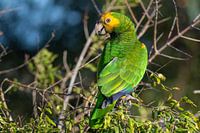 Lora seen from behindPieter JF Smit
Lora seen from behindPieter JF Smit Salt flats in the windless periodPieter JF Smit
Salt flats in the windless periodPieter JF Smit GolfPieter JF Smit
GolfPieter JF Smit













 Birds
Birds Bonaire
Bonaire Flowers
Flowers Gentle Whispers
Gentle Whispers Hummingbird
Hummingbird Photo wallpaper
Photo wallpaper Photography
Photography Play of Light
Play of Light Serene Peace
Serene Peace









